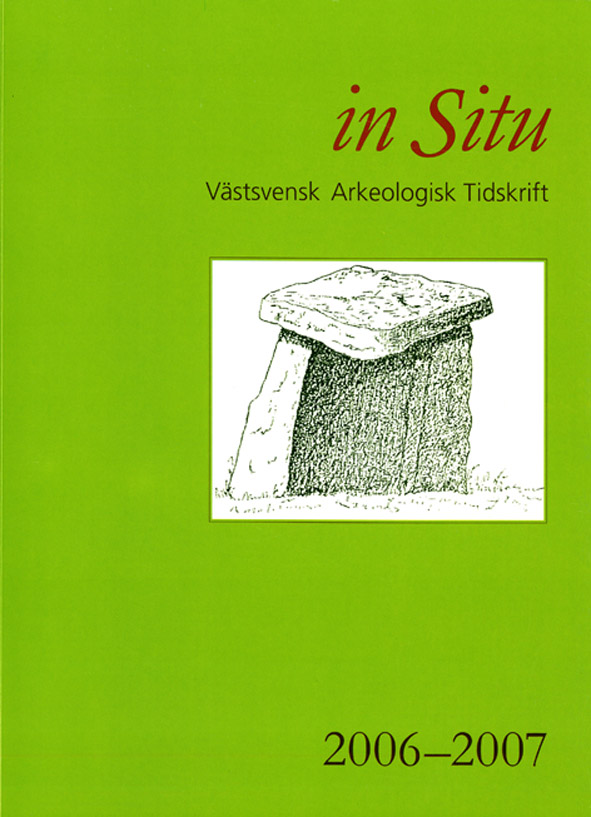Paret Klepeks fråga
– en etnografiskt orienterad studie av arkeologins publika relation vid Vallhagar, Gotland
DOI:
https://doi.org/10.58323/insi.v7.13423Keywords:
Etnographic study, ArchaeologyAbstract
This paper presents an ethnographically directed study of the relationship between archaeology and the public at the site of Vallhagar, Gotland. The ethnographical approach used in this text – where archaeology is approached as a contemporary cultural practice – takes its point of departure in the archaeological excavation at Vallhagar in the summer of 2003. It is also based on the material culture (e.g., artefacts) produced by the heritage management at the actual place (e.g., information-boards, physical staging of the site, visitor-book) in a (self-) critical and reflexive manner. An analysis was carried out on the information-boards, the physical staging of the site, the visitors-book, and the meeting between visitors and archaeologists at the excavation. The analyses stressed that the practices of archaeology and heritage management – and its material culture – at a general level contributes to the construction of a specific monologic relationship between the past, archaeology, and the public. In this relationship, archaeologists and heritage managers control the construction of the past and the narration of it. There are few possibilities for the public to create their own relationship to, or meanings of, the past and its remains. This implies that – despite the last year’s democratic reorientation of the cultural heritage sector in a dialogic direction, there are still serious ethical and socio-political implications imbedded in the activities of contemporary Swedish archaeology and heritage management. These implications can be highlighted and discussed critically via the use of an ethnographical approach.
Downloads
Downloads
Published
How to Cite
Issue
Section
License

This work is licensed under a Creative Commons Attribution-NonCommercial 4.0 International License.
Authors contributing to In Situ Archaeologica agree to publish their articles under a Creative Commons License. This gives third party different rights to use the material under certain conditions. These rights is defined by which license the article is published and it is the third partly responsibility to ensure that the license is fullfilled in any re-use of the material. Authors always retain copyright of their work and any re-use of the material presumes that appropriate credit is given the author, a link is provided to the license, and any changes made are clearly indicated.



